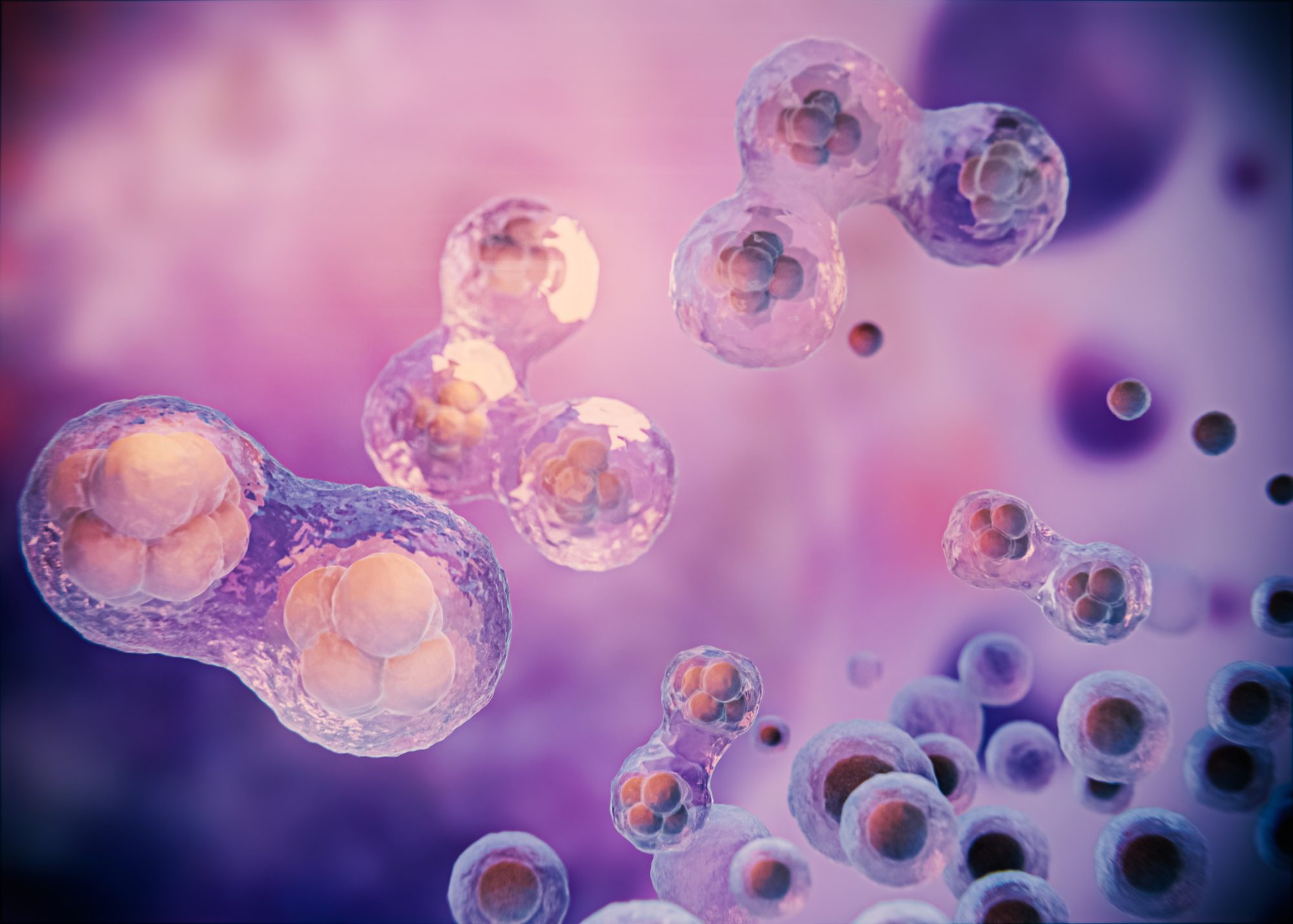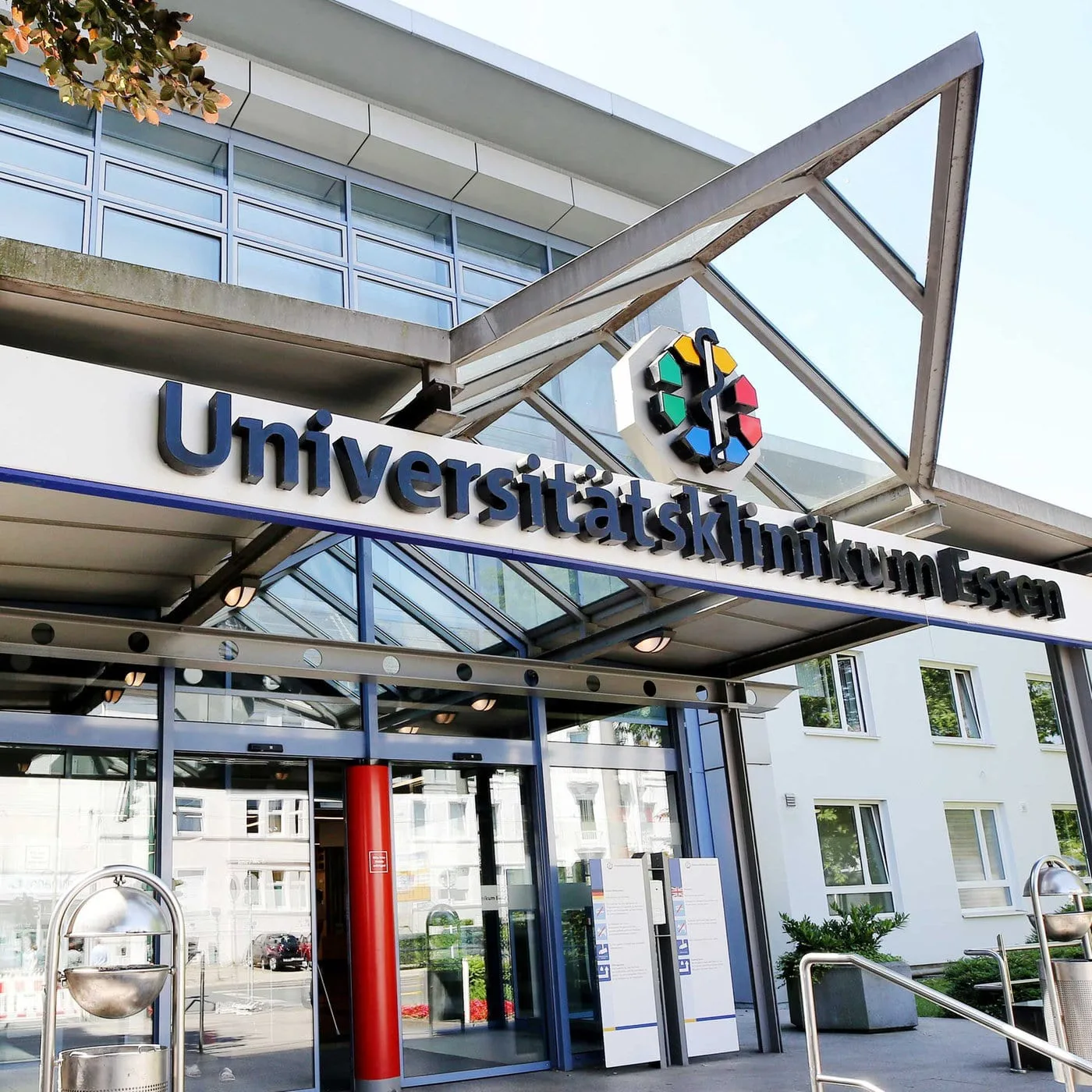Degenerative joint diseases continue to bedevil the medical establishment. Traditional methods of medicine can dispel pain but hardly ever confront the fundamental reason for cell degeneration. But in this context, cellular therapy and other new hemiological technologies are plunging into ways to fix things that have been broken.
The Roles of Mesenchymal Stem Cells in Arthritis Healing
Stem cell therapy arthritis is increasingly being considered not so much as an experiment but rather as the route to structural repair.
With arthritis, there is no longer balance between cartilage enervation and its opposite damage. Regular medication mainly targets inflammation, still leaving the underlying process of degeneration unchecked. Thus, stem cell treatment for arthritis inserts cells capable of differentiation, anti-inflammatory signaling, and modulating the immune microenvironment. The aim is not to cover up pain but rather to kickstart genuine recovery in this particular part of the human body. This collaboration results in successful attempts to prolong the life or toenail regeneration process.
A Reasonable Procedure
Mesenchymal stem cells, which originate from marrow or fat tissue, have had their ability to travel to the diseased cartilage, secrete nourishing factors, and promote local progenitors shown in laboratory experiments. Where this has happened, erosion slows down and has even been partially reversed under some circumstances.
Implementation of Regenerative Therapies for Arthritic Conditions
The treating doctor, processing cells in a controlled environment and then injecting them directly to its intended location, performs the regenerative arthritis treatment in the present day. Most of the procedures described herein are carried out in the clinic as ambulatory ones with only local anesthesia required.
Synoviocyte Dilution Method
The procedure, also called the “synoviocyte expansion method,” attempts to simultaneously achieve two opposing functions for joint healing: suppressing inflammation and enhancing repair. If these cells are truly stem cells, there is hope they may be the answer. Over time, many young people will see their joints rebuilt or at least strengthened.
After a few weeks, most patients report a reduction in swelling and stiffness. Objective imaging studies in some cases show an increase in cartilage density and joint space width. Although results vary, this is a breakthrough therapy that marks a departure from purely symptomatic strategies.
Focusing on Degeneration of the Knee
The knee is one of the most overburdened joints in the human body, so it is particularly vulnerable to osteoarthritic changes. As an alternative for many, stem cells knee pain relief has become a new hope for joint replacement. Clinical cohorts show that targeted knee cavity injections lead to reduced corticosteroids use, increased mobility, and delay of prosthetic operations. When performed at all with medical care, this yields an average life expectancy similar to those whose only treatment is injection therapy.
On the other hand, knees given stem cell treatments often work better than they would if only treated using conventional techniques. This is similar to existing stem cell-based therapies being investigated now, where the attraction lies in addressing abnormalities without resorting to invasive replacement methods.
Advantages and Disadvantages
The main advantages of stem cell treatment for arthritis are:
- Ability to reconstruct tissue, not just suppress symptoms;
- Inflammatory cascades reduced;
- Less need for pressure-relieving drugs;
- Furthermore, surgery is postponed.
However, limitations are there as well. Not all patients respond equally well: age, stage of disease, and overall health significantly impact results. Treatment is expensive, and insurance coverage varies greatly. Although side effects are rare, there are final questions of long-term durability left unanswered.
Prospects in Future
At present, the use of stem cell injections for joints is still at a developmental stage. Larger randomized trials are in progress to determine optimal doses, sources for the stem cells, and combined strategies with biomaterials or growth factors. The eventual goal is to establish a standardized regenerative arthritis therapy that can be used anywhere in the world. With progress, this field may reshape how we think about aging – providing not just relief but regeneration.
Can stem cells cure arthritis?
Not yet fully. They don’t cure arthritis – they do help reduce the inflammation, bring about repair of cartilage, and greatly improve function.
What are the disadvantages of stem cells to treat arthritis?
High prices, variable effectiveness, and a lack of universal long-term data are the key drawbacks.
How much does stem cell therapy for rheumatoid arthritis cost?
Is $2,000 the price per session or limit to cost for a treatment cycle’s $6,000 up to tens of thousands in any country and at any clinic?
How long does stem cell therapy for arthritis last?
Different people receive differing benefits from treatment; once in a while, relief for the patient will last many months, but in many cases, only a few years. This is something that studies are still being conducted on.











